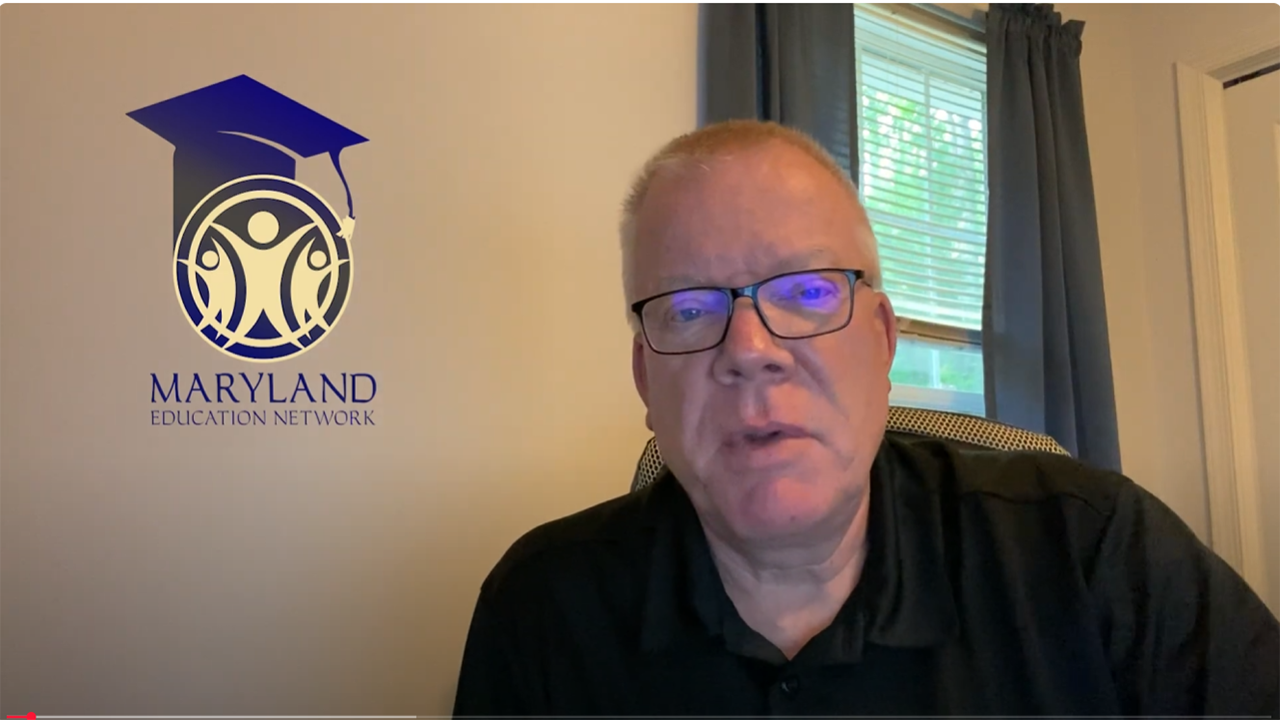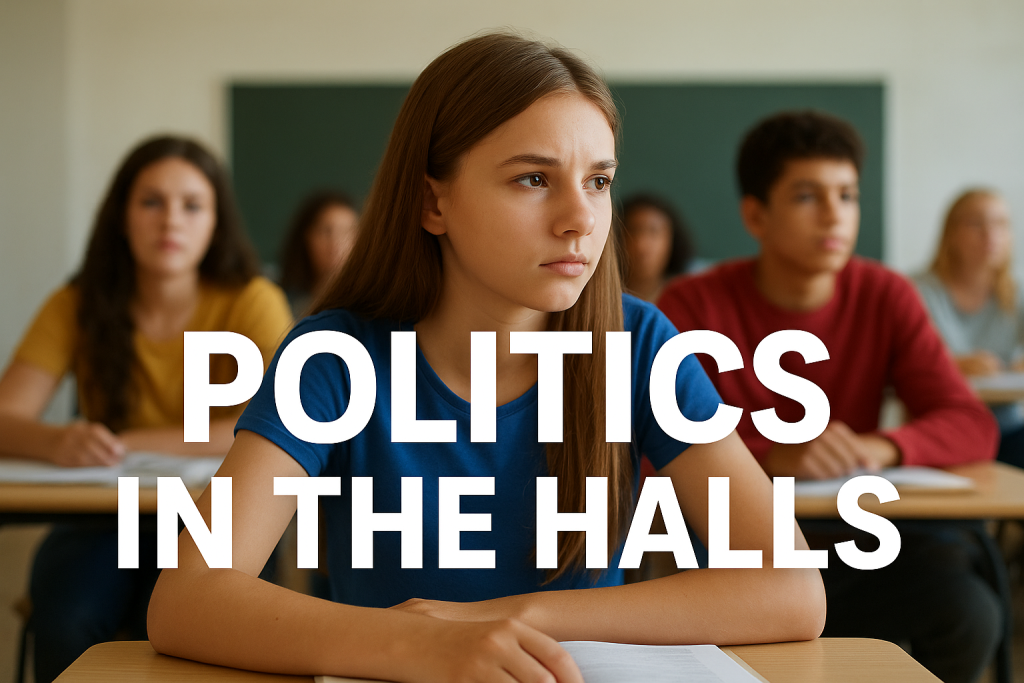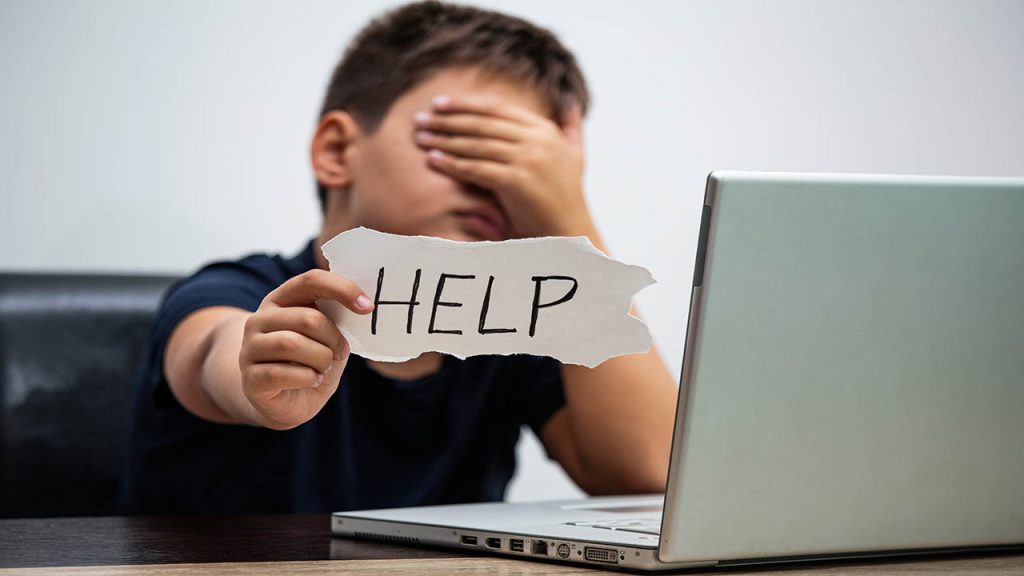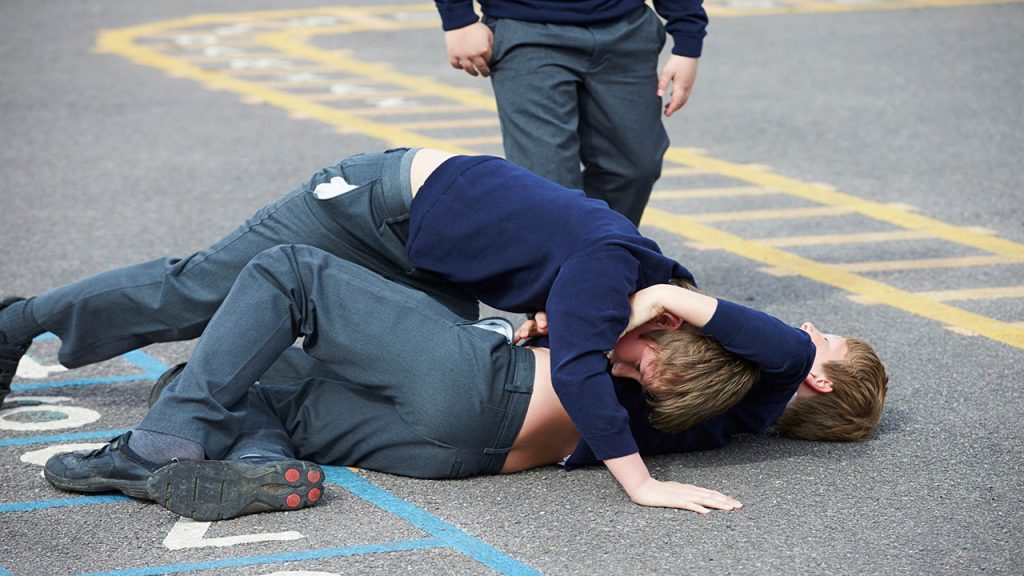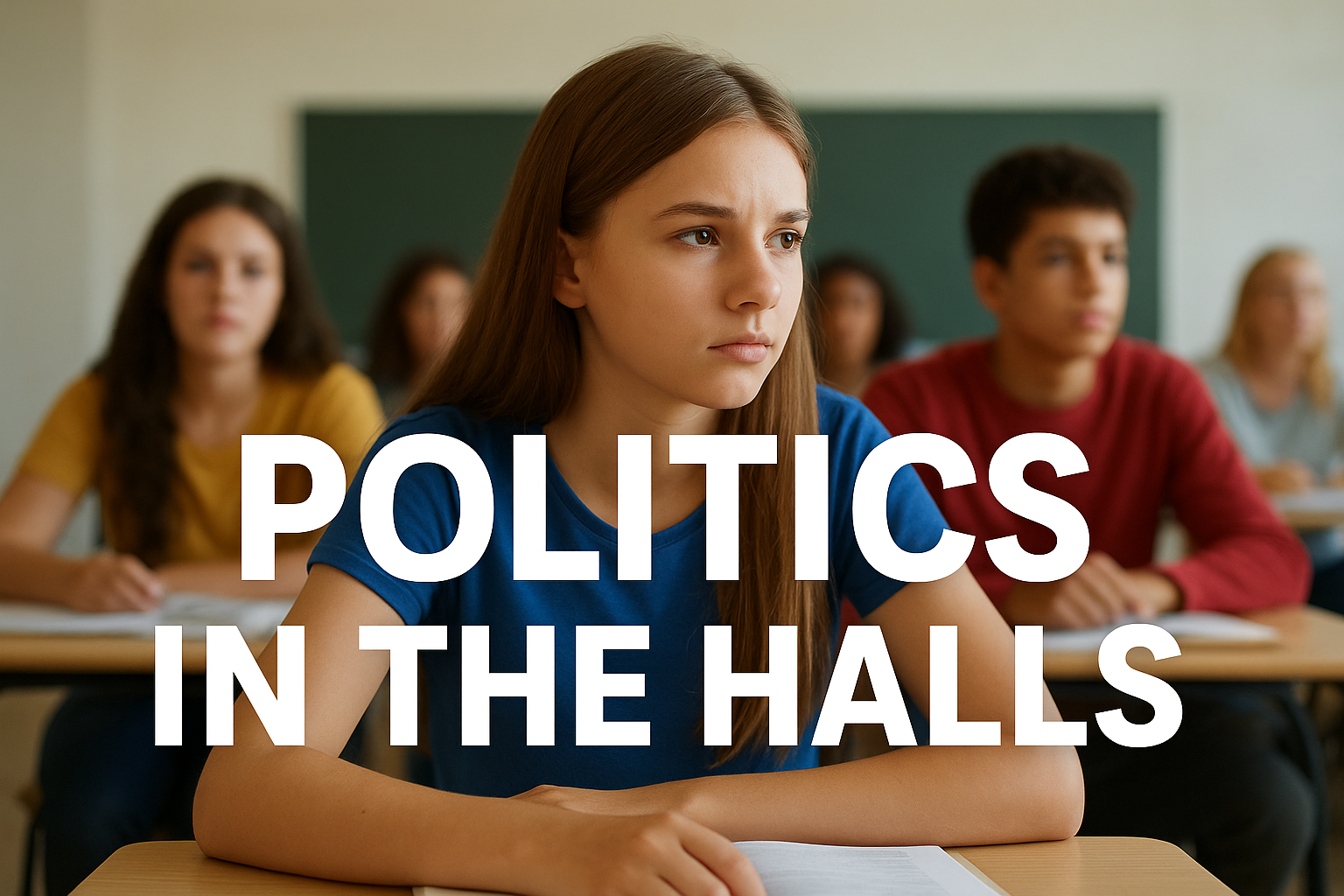
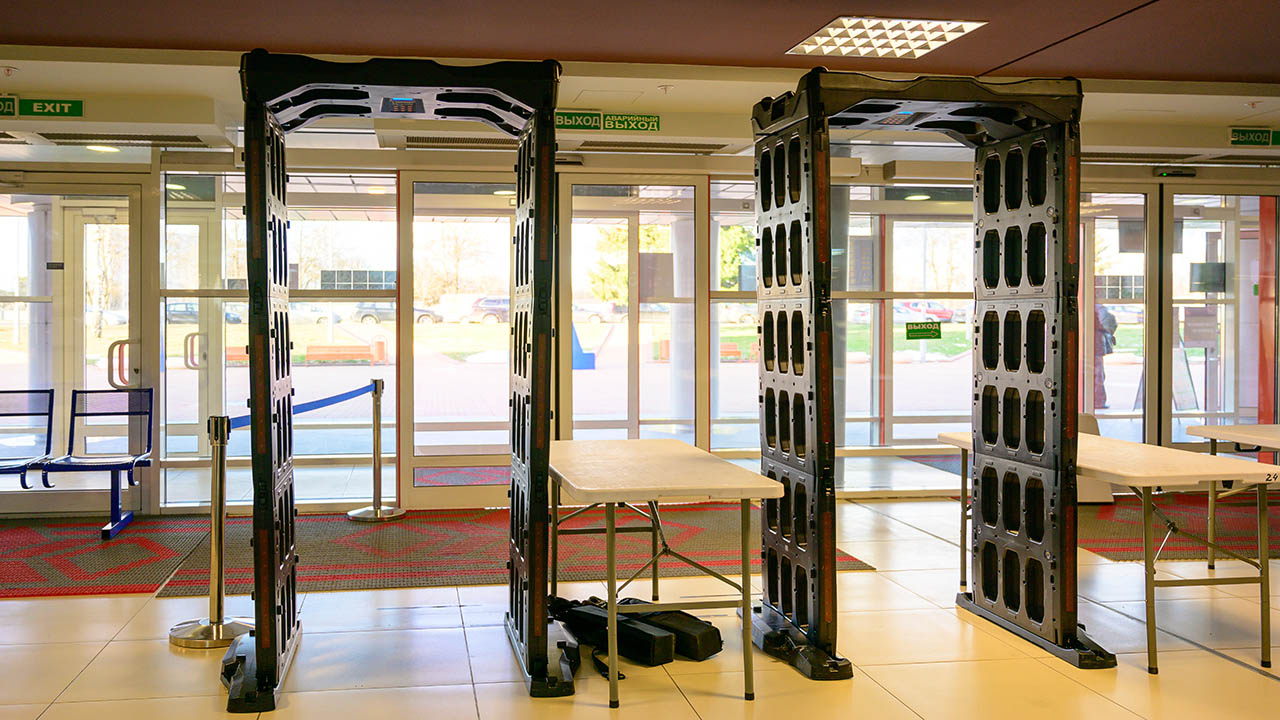
Missed Warning: How a Gun Passed School Screening and Threatened Safety
Recent events at Ambridge Area Middle School in Pennsylvania highlight a troubling dynamic in school safety—one that underscores the challenges of defining and executing the roles of educators and law enforcement in school environments. A 13-year-old student reportedly brought a loaded gun to school on consecutive days, bypassing metal detectors and threatening classmates. This incident reveals critical failures in security protocols, execution, and, perhaps most importantly, the Memorandum of Understanding (MOU) between school and law enforcement.
The Incident and Its Fallout
The situation began when a weapons detection system flagged the student’s backpack. During the search, school personnel found and removed a plastic water gun but missed the actual firearm still inside. The student carried the gun throughout the day, using it to intimidate classmates. After the incident came to light, the school district implemented reactive measures, such as mandating clear backpacks and prohibiting items like metal binders, but these steps are being criticized as superficial fixes to deeper systemic issues.
Parents, such as Sara Cogis, whose son was threatened at gunpoint, expressed outrage not only at the lapses in safety but also at the district’s failure to adequately communicate or address the broader implications. Cogis, like many parents, is questioning the point of having metal detectors if their use and follow-through are inconsistent.
Who Should Be Responsible for Security Measures?
This case underscores a persistent issue: educators are being asked to assume law enforcement responsibilities for which they are neither trained nor equipped. Teachers and school staff are trained in education, student engagement, and classroom management—not in identifying concealed weapons or responding to potential threats.
When educators take on tasks outside their expertise, such as searching for weapons, the risk of human error increases. Conversely, when law enforcement steps into educational roles, such as student discipline, the outcomes often include unnecessary arrests, viral incidents of excessive force, and fractured school communities.
A MOU Problem, Not Just a Personnel Problem
Most schools have MOUs outlining the division of responsibilities between educators and law enforcement officers. In Ambridge, if school personnel were conducting screenings as part of their responsibilities, this points to a failure in the definition and execution of that agreement. If all actions adhered to the existing MOU, the failure lies in the MOU itself.
MOUs are not just procedural documents—they are foundational agreements that define who does what and when. They must be specific, actionable, and reviewed regularly to adapt to emerging threats and lessons learned from incidents. The failure to detect the firearm in this case highlights gaps that could have been mitigated by a clear and well-enforced MOU.
The Role of Training: Who Needs It and for What?
Some argue that more training could prevent such incidents, but the question remains: training for whom, and in what capacity?
- Educators should not be trained to screen for weapons. This is not their role, and assigning them such responsibilities detracts from their primary mission: educating students.
- Law enforcement may benefit from additional training to ensure they are equipped to handle school-specific scenarios with minimal disruption to the educational environment.
- The real need for training lies in the creation, implementation, and enforcement of effective MOUs. School leaders, law enforcement, and even legal advisors need to collaborate on agreements that clearly delineate roles and provide for accountability when procedures are not followed.
A Broader Reflection on School Safety Measures
The Ambridge incident also highlights the limitations of relying on technology and reactive measures. The security system used by the district, provided by Evolv, has been criticized for its failure to consistently detect weapons. This highlights a broader problem in school safety: investing in technology without fully understanding its capabilities and limitations, or without adequate training and follow-up protocols for personnel.
Moreover, reactive measures such as clear backpacks and binder bans offer little assurance to parents like Cogis, who demand a comprehensive and proactive approach to safety. These changes may reduce some risks but do not address the underlying issues of human error, procedural shortcomings, and ineffective communication.
The Ambridge case is a sobering reminder of the stakes involved in school safety. The solution is not to turn educators into law enforcement officers or to add more layers of security theater. Instead, schools must:
- Revisit MOUs to ensure clear delineation of responsibilities and accountability mechanisms.
- Invest in meaningful training for law enforcement in school-specific scenarios and for school leaders in understanding and implementing safety protocols.
- Evaluate security measures critically, ensuring that any technology adopted is accompanied by comprehensive training and protocols.
- Foster collaboration between school staff, law enforcement, and parents to build trust and ensure that safety measures are transparent and effective.
Ultimately, the success of any school safety initiative comes down to people—those responsible for designing, implementing, and following through on procedures. Schools must prioritize thoughtful, collaborative approaches over reactive or performative measures to create environments where all students feel safe.
What steps should schools take to strengthen MOUs and ensure clarity of roles between educators and law enforcement? How can schools balance security with maintaining a positive educational environment? These are questions that demand our urgent attention.
Dig Deeper With Our Longreads
Newsletter Sign up to get our best longform features, investigations, and thought-provoking essays, in your inbox every Sunday.
The MEN was founded by John Huber in the fall of 2020. It was founded to provide a platform for expert opinion and commentary on current issues that directly or indirectly affect education. All opinions are valued and accepted providing they are expressed in a professional manner. The Maryland Education Network consists of Blogs, Videos, and other interaction among the K-12 community.



